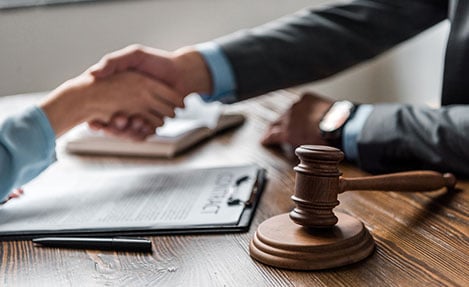Autopilot mode is still limited to several Tesla and Mercedes models, but that could soon be changing. Many auto manufacturers are lining up to start selling driverless vehicles. Much debate has focused on who is liable when it’s not a texting human who causes a crash, but instead a software glitch.
Last year, a driver using autopilot was killed in Florida when his Tesla crashed into a truck merging on the road. The software couldn’t distinguish the white truck from the brightly lit sky and thus did not apply the brakes.
Car owner? Manufacturer? Software developer?
In New York, the owner is always going to be liable when permission is given to a driver (or the autopilot software) to use the vehicle. But owners often have limited insurance coverage, whereas auto manufacturers have more available resources to compensate victims injured in serious accidents.
This all leads to the question: Who pays for damage caused by these driverless vehicles? A law professor at the University of South Carolina, who recently wrote a paper on the subject, sees a shift from an at-fault driver/owner to the automotive industry.
Proving a case might require a plaintiff to show that the system performed unreasonably. Arguments might be made that a human driver behind the wheel or a different automated system would have avoided a crash. These hypothetical scenarios suggest a shift to product defect claims against a manufacturer, which might bring higher damage awards paid by them.
Some automakers are ahead of the game. Volvo, for instance has acknowledged a shift in liability from driver/owner to manufacturer. Their vice president of government affairs testified at a House subcommittee that “[Volvo has] declared that if there is a malfunction to the [autonomous driving] system when operating autonomously, we would take the product liability.”
With estimates that more than 90 percent of car crashes are caused by human error, these systems could reduce the overall number of injury causing collisions.
Software advancements
Computer learning is increasing almost every day. Yet as anyone who works with business systems knows, software has glitches. Software patches to fix one issue often lead to others.
Teaching software programs how to react in 80 percent of situations can be completed relatively easily. But experts point to the remaining 20 percent as the issue. Responding to some of these may even require autonomous cars getting onto the roads to make the mistakes.
After any crash that causes a serious injury, it is a good idea to speak to a personal injury attorney. This is the only way to obtain individualized counsel about liability and potential legal remedies.
















